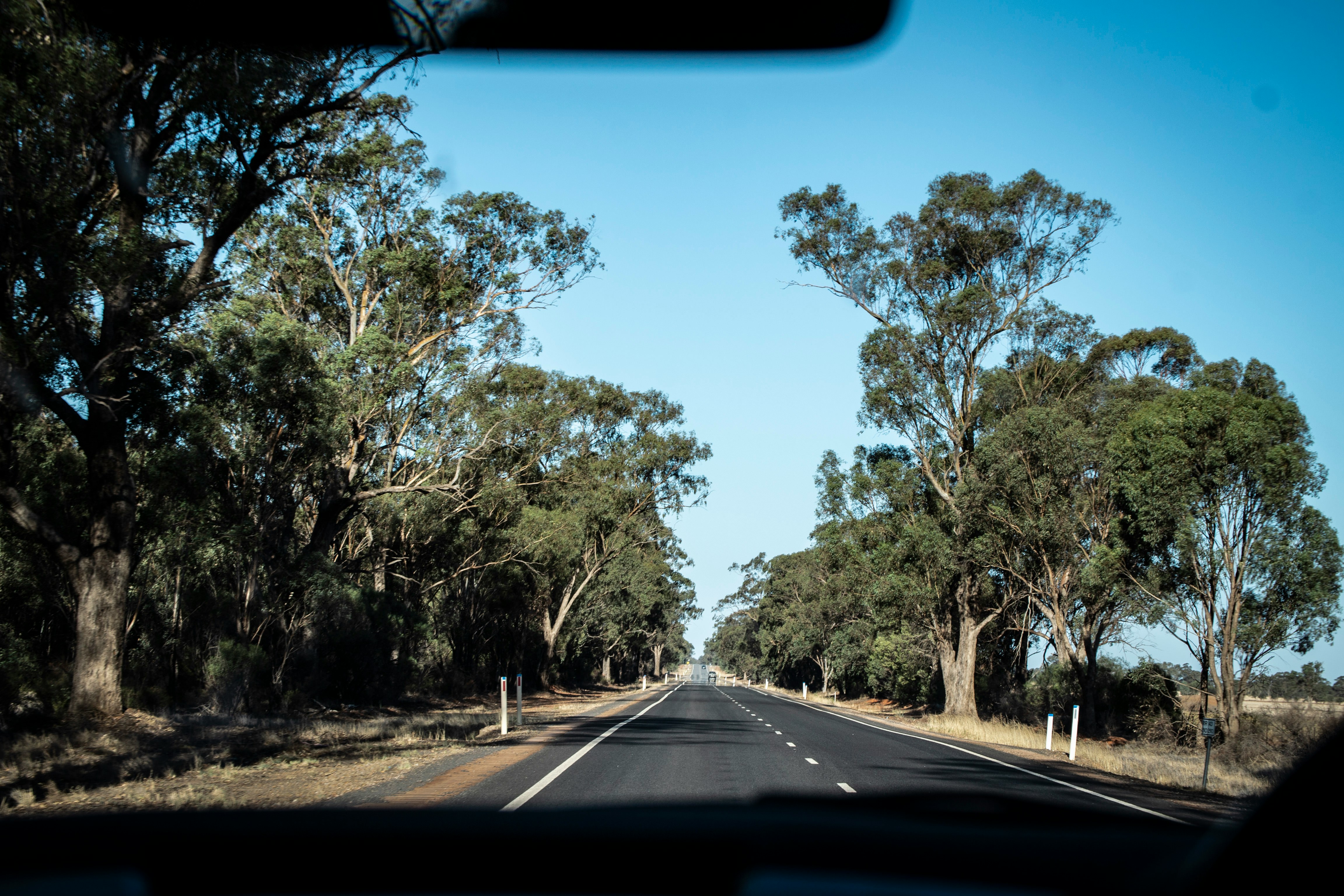Media release
From:
First Nations road toll research prompts call for community-led safety initiatives
A new study reveals the scale of road trauma among Aboriginal and Torres Strait Islander people in NSW, highlights factors that help keep travellers safe, and urges greater investment in community-led road safety initiatives.
The research, published today in the Australian and New Zealand Journal of Public Health, found that over 7,500 Aboriginal and Torres Strait Islander people over 17 years were seriously injured, and 320 killed on the roads in NSW between 2005 – 2023.
Road safety is a concern for Aboriginal and Torres Strait Islander communities across the country, not just NSW. Previous research has shown that road injuries are the second leading cause of death amongst First Nations people and the burden is increasing. The number of road injuries amongst Aboriginal and Torres Strait Islander people has increased by over 20 percent over the last ten years.
“Community-led, culturally appropriate road safety initiatives are the key to turning this around,” said senior author Associate Professor Courtney Ryder, an Aboriginal academic in Public Health and Indigenous Health at Flinders University.
“There have been some great Aboriginal and Torres Strait Islander-led road safety initiatives, but up until now there has been a gap in data to help communities develop tailored campaigns and prevention strategies. We haven’t had up-to-date Aboriginal and Torres Strait Islander road injury data for NSW for 10 years.”
According to the study most (53%) injuries involved those travelling in a car, followed by motorcycles (25%), while pedestrians were more likely to experience severe injuries or die.
The most common injuries were fractures (41%), followed by head injuries (19%). Young adults aged 17 – 39 were the most affected.
“Half of the Aboriginal and Torres Strait Islanders injured in a road transport crash were aged 17 – 29 and 68 percent were male,” said lead author Dr Holger Möllerfrom UNSW Sydney.
The study also uncovered factors that were protective and helped reduce injuries.
“Those wearing a seat belt were eight times more likely to leave a crash with no or minor injuries. Holding a licence also meant you were less likely to be seriously injured. Crashing in an urban area was also less likely to result in serious injuries,” Dr Möller said.
“Road injuries not only cause deaths, but also contribute to lifelong disability, as well as economic and social burden. The findings of this study offer new insights that could be used to develop tailored prevention campaigns. We need more investment in First Nations-led road safety initiatives,” Associate Professor Ryder concluded.



 Australia; NSW; SA
Australia; NSW; SA



